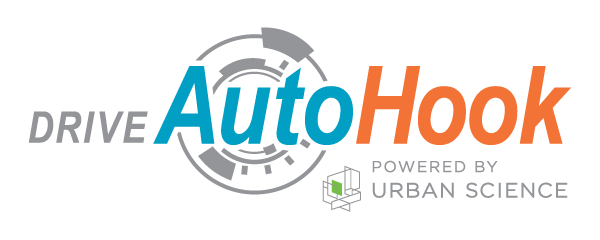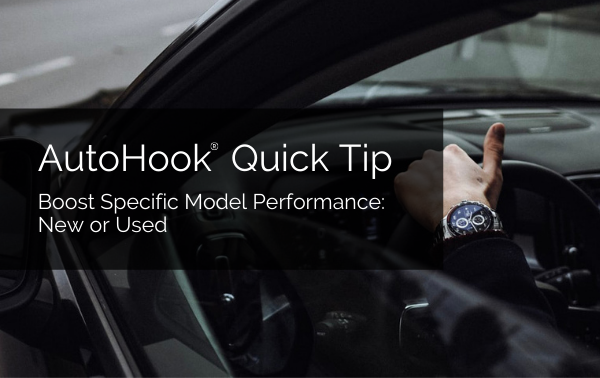By David Metter
Our industry is synonymous with innovation, better yet – I believe the automotive industry defines both innovation and opportunity. Yet, everything is relative. Coming from a company that serviced the retail, hospitality and travel industries (in addition to automotive), I know firsthand that their mobile marketing is about two to three years ahead of our industry. I also know that dealerships have never been afraid of a little competition.
As the largest subcategory of retail, we need to find a way to get back in the driver’s seat of the mobile disruption. We cannot let other verticals trump our user experiences and outperform our mobile campaigns.
If you are sick and tired of hearing about mobile…get over it right now. According to a recent article from Google, mobile search volumes have officially surpassed desktop searches. Mobile is snowballing at an unprecedented rate, so much so that mobile usage statistics are increasing in almost real-time.
If I could give one theme to mobile marketing it would be immediacy. Google simplifies this in three steps: be there, be useful, and be quick. If you can accomplish these things, you will win the customers you target. There are some scary (and I mean scary) stats out there to help this set in:
· 87% of Millennials have their smartphone at their side (more or less attached to their body) day and night
· We check our phones 150 times a day
· We spend 177 minutes on our phones per day
· Each mobile session averages only 1 minute and 10 seconds, but dozens and dozens of times per day
- Google’s Micro-Moments: Your Guide to Winning the Shift to Mobile
If you think that you’re ahead of the game because you have a totally responsive website, think again. This is only the first step. The second is delivering an ideal experience to your mobile audience, and a responsive site alone does not ensure a seamless, swipe-oriented, visually compelling, easy and fast interaction.
“The main issue with user experience is that on the desktop you can have some complexity, but on a mobile device the interface and experience must be about simplicity,” says Alan Krutsch, Director of Marketing and eCommerce at Apple Autos. “The mobile user must be able to find things quickly and perform functions easily.”
Even older generations report feeling “naked” if they don’t have their phone with them. Dealers should feel equally naked if their mobile strategy is lagging in comparison to other retailers. “Target and Walmart are examples of stores that do really well driving people to their locations with specific offers,” said Ray Green, VP of Enterprise Solutions at Verve Mobile. “Using a mobile ad platform, they are able to target different customers at different times, with different messages, based on those customers’ individual behaviors and locations.”
There are some key trends on the horizon to focus on over the next year to stay relevant across the screens, and in the hands of in-market shoppers. Start implementing mobile strategies that involve beacons, mobile wallets, and big-data generated customer profiles. Click links to learn more about each.
Let’s think back to 2002, when dealers started posting inventory on their websites. Many were outraged and swore to never, ever post their cars, let alone their prices online. Today, that has changed. I am confident that the evolution of mobile will override the eruption of the Internet and more importantly, resisting this trend will be detrimental to your business. Also remember you are not alone. We as an industry can, and will, come together to help each other, as we cannot let retail and travel out-innovate the pioneers of innovation!























